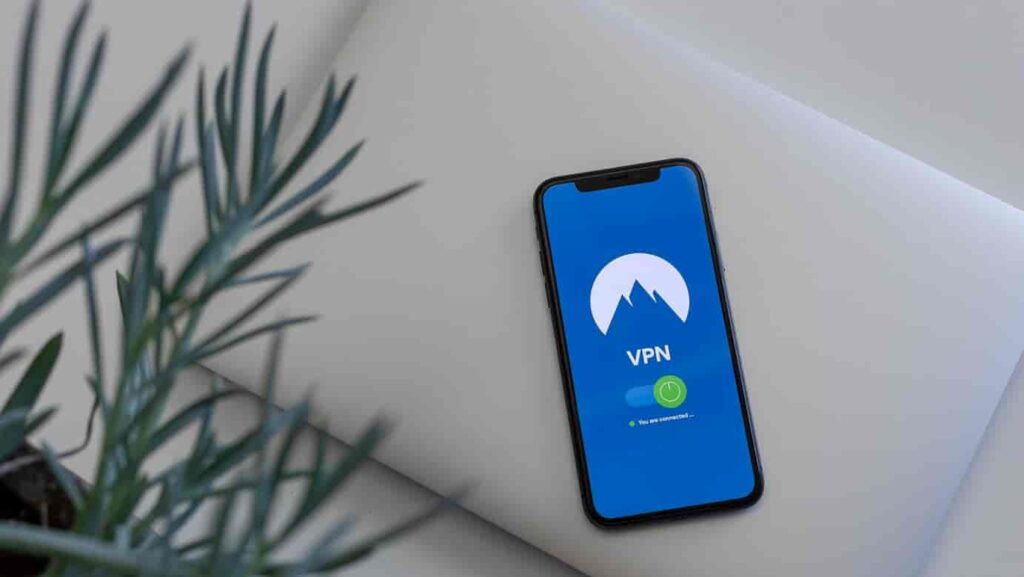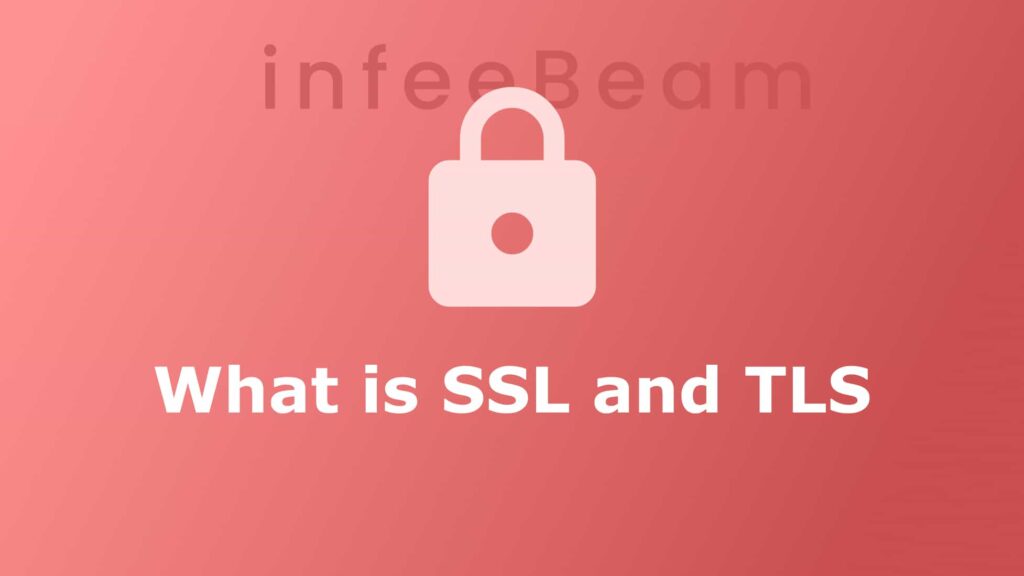The Internet of Things, sometimes known as IoT, is a network of networked physical things such as vehicles, appliances, and other household items that have sensors, software, and network connectivity built into them. These devices can interact with centralised systems and with one another, opening up new possibilities for data analysis, monitoring, and automation. However, maintaining these gadgets and making sure they are secure and dependable may be difficult. IoT device management can help in this situation.
IoT device management involves a set of tools, processes, and policies that are used to monitor, configure, update, and secure IoT devices throughout their lifecycle. Let’s take the example of a smart home system to understand how IoT device management works in practice.
Consider that your smart home system consists a number of IoT gadgets, including smart thermostats, security cameras, door locks, and lighting systems. A central hub connects these devices, enabling users to control them remotely through a smartphone app or web portal. The smart home system also consists of cloud-based services that offer extra features like remote access, home automation, and energy monitoring.
Examples of IoT Device Management
Certainly! Here are some examples of how IoT is being used in different industries:
- Smart Homes: IoT devices, such as smart thermostats, security cameras, and lighting systems, enable homeowners to create energy-efficient and secure homes. These devices allow remote control via smartphone apps and even learn the habits of occupants to offer personalized comfort and security.
- Healthcare: Healthcare professionals are utilizing IoT devices to remotely monitor patients’ health conditions, track medication adherence, and offer real-time feedback. Additionally, wearable devices, such as smartwatches and fitness trackers, are encouraging healthy habits and preventing chronic diseases.
- Manufacturing: IoT devices like sensors, robots, and drones are being used to automate and optimize manufacturing processes. These devices can collect real-time data on machine performance, inventory levels, and product quality, allowing manufacturers to make data-driven decisions and improve their efficiency and profitability.
- Agriculture: Crop development is being monitored and optimised using Internet of Things (IoT) devices including weather sensors, soil moisture sensors, and drones. These tools may give farmers up-to-the-minute information on the weather, the health of the soil, and insect infestations, enabling them to plan when to sow, water, and harvest their crops.
- Transportation: IoT devices like GPS trackers, connected cars, and smart traffic lights are being used to create smarter and safer transportation systems. These devices can optimize traffic flow, reduce congestion, and improve public safety by providing real-time data on traffic patterns, road conditions, and vehicle performance.
- Retail: IoT devices like beacons, RFID tags, and smart shelves are being used to create personalized shopping experiences and optimize inventory management. These devices can track customer behavior, provide targeted promotions, and automate restocking and ordering processes, allowing retailers to improve their sales and customer satisfaction.
- Energy: More sustainable and effective energy systems are developed using IoT devices like smart grids, smart metres, and energy storage systems. These devices can optimize energy usage, reduce waste, and integrate renewable energy sources, allowing energy providers to reduce their carbon footprint and lower costs for customers.
These are just a few examples of how IoT is applied across several sectors. We may anticipate seeing many more creative IoT applications in the future as the technology develops and spreads.
Conclusion
In conclusion, IoT is a rapidly growing technology that is transforming industries across the board. From smart homes to healthcare, manufacturing, agriculture, transportation, retail, and energy, IoT devices are enabling us to make better decisions and optimize our processes.
The security, dependability, and lifespan of IoT systems, however, depend on good device management. In order to reap the benefits of IoT technology in a sustainable and safe way as more organisations engage in it, it is crucial that they implement best practises for device management.


